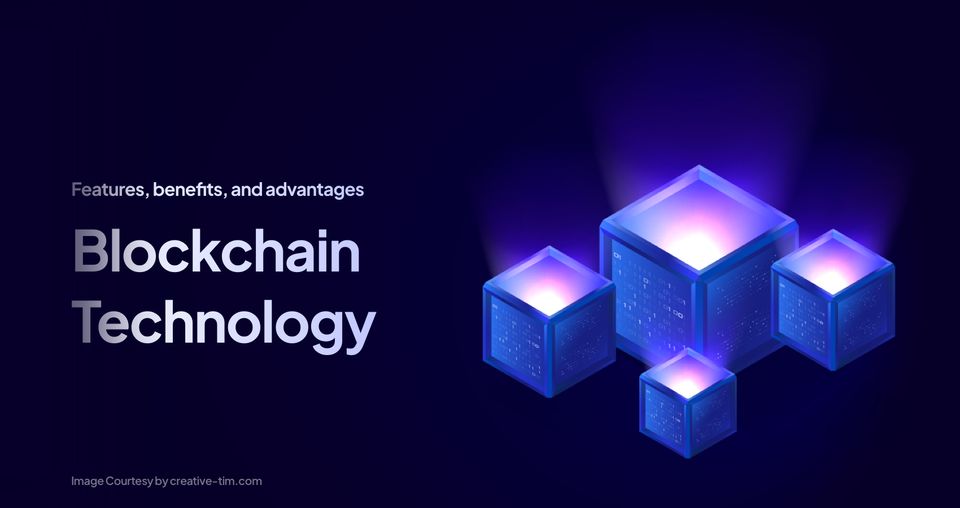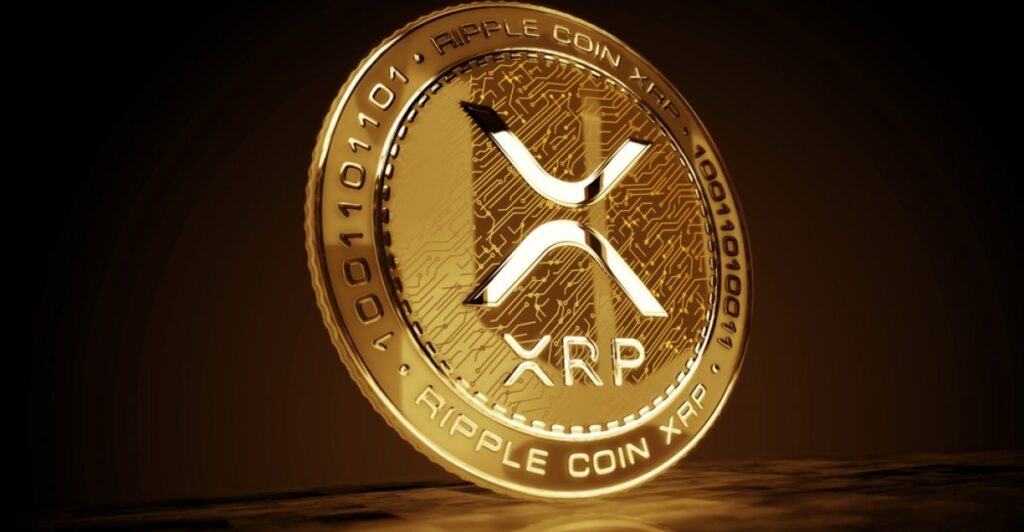Table of Contents
- What is Blockchain Technology?
- How Does Blockchain Work?
- Key Components of Blockchain
- Types of Blockchain
- Benefits of Blockchain Technology
- Real-World Applications of Blockchain
- Challenges and Limitations
- Future of Blockchain Technology
- Frequently Asked Questions (FAQs)
- Conclusion
1. What is Blockchain Technology?
Blockchain technology is a decentralized digital ledger that records transactions across multiple computers securely and transparently, ensuring data integrity without the need for a central authority.
Each record, called a “block,” contains a list of transactions and is linked to the previous block using cryptographic hashes, forming a “chain.” This makes it tamper-resistant and immutable, a reason why blockchain is widely used in cryptocurrency, supply chain, and financial industries.
2. How Does Blockchain Work?
Here’s a step-by-step process:
- Transaction Initiation: A user requests a transaction, such as transferring cryptocurrency.
- Verification: The transaction is broadcasted to a network of nodes (computers) for validation using consensus mechanisms like Proof of Work (PoW) or Proof of Stake (PoS).
- Block Creation: Once verified, the transaction is combined with others to form a new block.
- Block Linking: The new block is linked to the previous block using a cryptographic hash.
- Completion: The transaction is completed, and the blockchain is updated across all nodes.
This peer-to-peer system eliminates the need for intermediaries, reducing costs and increasing transparency.
3. Key Components of Blockchain
- Blocks: Store transaction data, a timestamp, and a cryptographic hash of the previous block.
- Nodes: Computers connected to the blockchain network that validate and relay transactions.
- Hashing: A cryptographic function that converts input into a fixed-length string, ensuring data security.
- Consensus Mechanism: Protocols like PoW and PoS ensure all nodes agree on the validity of transactions.
- Smart Contracts: Self-executing contracts with conditions written directly into code, automating transactions without intermediaries.
4. Types of Blockchain
- Public Blockchain: Open to everyone, like Bitcoin and Ethereum.
- Private Blockchain: Controlled by an organization, access is restricted.
- Consortium Blockchain: Controlled by a group of organizations.
- Hybrid Blockchain: Combines public and private blockchain features.
5. Benefits of Blockchain Technology
✅ Decentralization: Eliminates a single point of failure.
✅ Transparency: Transactions are visible to all network participants.
✅ Security: Cryptographic techniques ensure data integrity and protection.
✅ Immutability: Once added, data cannot be altered or deleted.
✅ Efficiency: Reduces the need for intermediaries, making processes faster and cost-effective.
6. Real-World Applications of Blockchain
🔹 Cryptocurrencies: Blockchain powers Bitcoin, Ethereum, and other digital currencies.
🔹 Supply Chain Management: Enhances transparency and traceability of goods.
🔹 Healthcare: Secure sharing of medical records while maintaining patient privacy.
🔹 Voting Systems: Prevents voter fraud through verifiable and immutable records.
🔹 Smart Contracts: Automates legal agreements in industries like real estate and finance.
🔹 Identity Verification: Provides secure, decentralized identity management.
7. Challenges and Limitations
Despite its advantages, blockchain faces:
- Scalability Issues: High transaction processing times and energy consumption.
- Regulatory Uncertainty: Different countries have varying stances on blockchain use.
- Integration Complexity: Difficult to integrate with existing legacy systems.
- Energy Consumption: Especially in PoW-based networks like Bitcoin.
8. Future of Blockchain Technology
Blockchain is evolving beyond cryptocurrency into finance, healthcare, logistics, and governance, with innovations like Layer 2 solutions, interoperability protocols, and eco-friendly consensus mechanisms like Proof of Stake.
Technologies such as Web3, decentralized finance (DeFi), and NFTs are also expanding the use cases of blockchain, promising a future where decentralized systems empower users with greater control over data and financial systems.
9. Frequently Asked Questions (FAQs)
Q1: Is blockchain the same as Bitcoin?
No, Bitcoin uses blockchain technology, but blockchain can be used for many purposes beyond cryptocurrencies.
Q2: Is blockchain secure?
Yes, it uses cryptography and decentralized validation, making it highly secure, but not entirely immune to vulnerabilities like 51% attacks.
Q3: Can blockchain be hacked?
It is difficult but theoretically possible if a malicious actor gains control over most of the network’s computational power.
Q4: What programming languages are used for blockchain?
Languages like Solidity, Go, Python, and JavaScript are commonly used.
Q5: What industries can benefit from blockchain?
Finance, healthcare, supply chain, real estate, voting systems, and digital identity sectors.
10. Conclusion
Blockchain technology is revolutionizing how we handle transactions, data security, and transparency. Its decentralized, immutable, and transparent nature ensures trust without intermediaries, making it a critical technology for the digital future.
As adoption grows, learning how blockchain works and its potential can help you understand and leverage its applications in business, investment, and technology.





